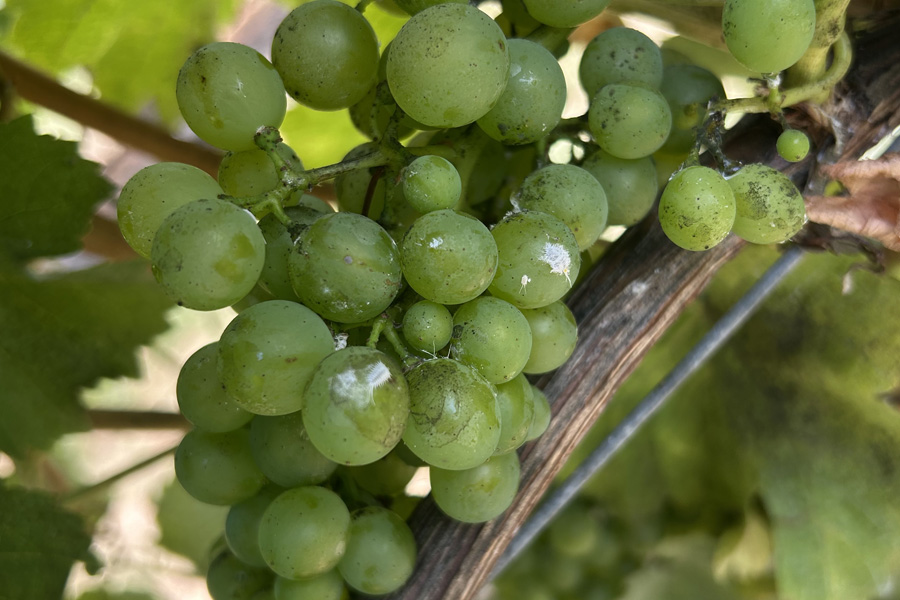Assessing mealybug pressure in vineyards has relied primarily on the time-consuming process of counting the pests from sample leaves. Desire mealybug lures and traps changes that.
Mealybug monitoring a potent weapon in spray programmes
Assessing mealybug pressure in vineyards has relied primarily on the time-consuming process of counting the pests from sample leaves. Pete de Jong, UPL NZ Northern South Island Regional Manager, says understanding the population pressure of mealybugs in a vineyard is critical to implementing an effective crop protection programme.
“BioGro-certified Desire mealybug lures offer an easier, quicker, and more accurate method of determining pest numbers,” says Pete. The lures were developed thanks to a partnership between Plant and Food Research and UPL NZ Ltd, and are used in conjunction with the UPL Mealybug Management Guidance Tool. The lures release compounds that mimic the sex pheromones of the males of the two mealybug species mostly commonly found in New Zealand vineyards, citrophilus (Pseudococcus calceolariae) and longtailed (Pseudococcus longispinus) mealybugs.
Pete explains, “Then it’s a simple job to take a photo of the mealybugs on the trap’s sticky base and compare it with the pest population images in the UPL Mealybug Management Guidance Tool. Then you divide the estimated number of pests by the number of days the trap has been out.”
Populations on the guidance tool range from one (0 to 10 mealybugs) through to nine (greater than 4500 mealybugs).
“An average of more than 50 males trapped per day means a mealybug spray programme should be on your radar.”
Regular trapping invaluable
Regular trapping means growers can create a valuable history across vineyard blocks and compare the efficacy of spray programmes year on year. Place Desire mealybug lures at least 1.5 metres above the ground with at least one trap per five hectares for effective monitoring. Replace the sticky base at least every 10 to 14 days. The pheromone lures last for 90 days.
Pete recommends moving the trap and lure around within the five hectare block area each time the sticky base is changed. “This will help get a mean result for the block area. Also, the longer you monitor after vintage, the more reliable the results will be, especially with regular sticky base changes.”
For more information on Desire mealybug lures and traps click here.
